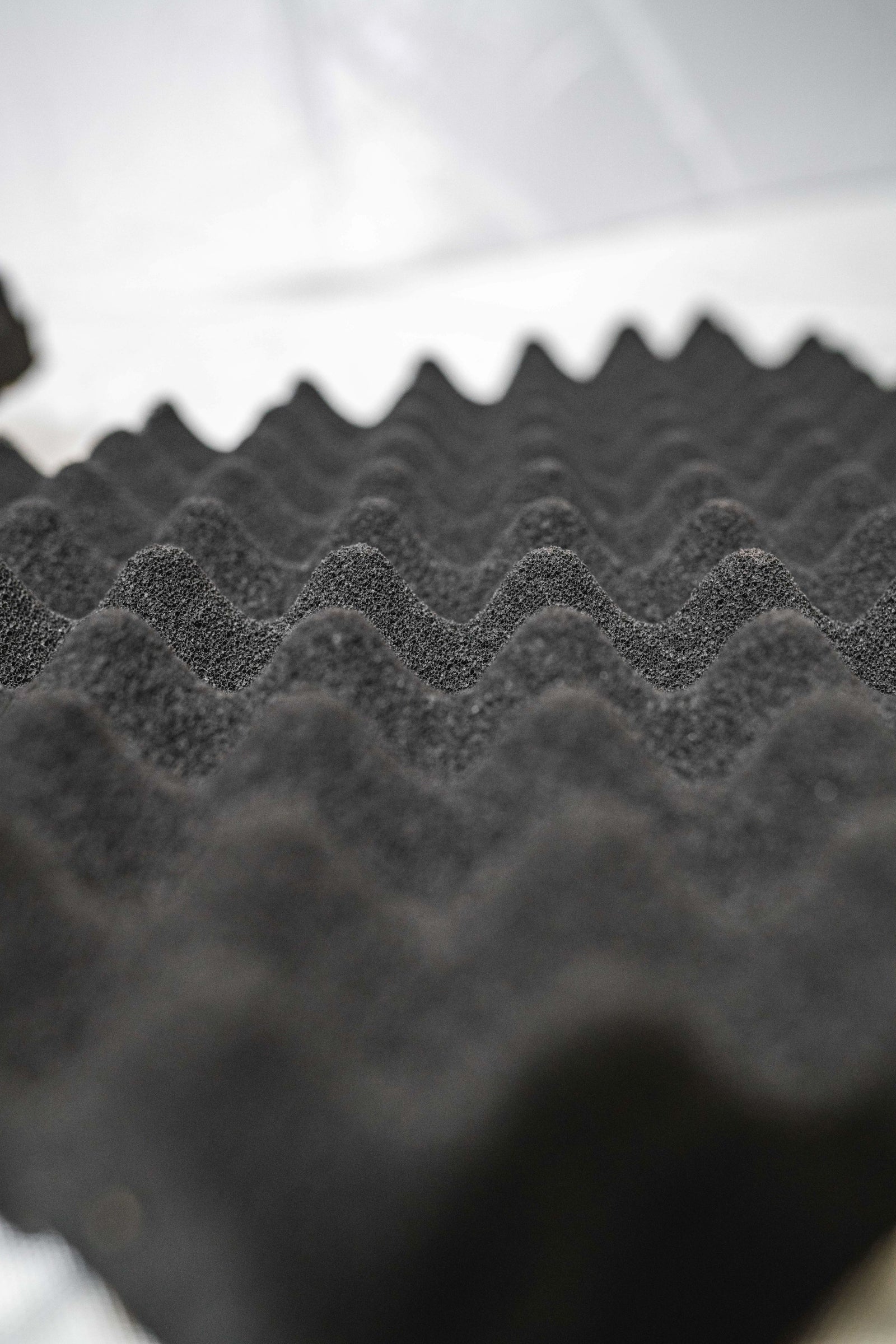Noise is more than just an annoyance—it's a measurable sound that can significantly impact comfort, productivity, and even health. Let’s dive into the basics of noise, its types, and how to manage it effectively.
How is Noise Measured?
Noise is measured in decibels (dB), and different levels of sound can have various effects on our ears and well-being:
- 30dB: Quiet conversation
- 55dB: Female speech
- 59dB: Male speech
- 80dB: Inside a sports car
- 90dB: Road work machinery
- 100dB: Noisy factory
- 140dB: Threshold of pain
Sounds above 80dB can become uncomfortable and even harmful to your hearing over time. However, even lower-volume sounds can disrupt activities, especially during quiet times like at night.
How to Reduce Noise?
There are two main ways to tackle noise:
- Eliminate noise at the source for instant relief.
- Use soundproofing to reduce noise levels.
Understanding How Sound Travels
Sound moves in waves, spreading outward like ripples on a pond after a stone is thrown. As these waves travel, their intensity decreases, and when they encounter barriers (like walls or soundproofing materials), they lose energy.
Key Concepts in Noise Management
-
Noise Reduction:
This method blocks sound waves by adding distance or barriers. For example, thick walls or insulation materials reduce sound passage effectively. -
Noise Absorption:
Absorption works by transforming sound waves. Materials used in noise absorption suppress echoes, reverberation, and resonance. Think of a recording studio or a hall—proper absorption creates clarity by reducing reflected sound.
Types of Noise
-
Airborne Noise:
Noise carried through the air, like conversations, music, or a TV. This is often the most common and bothersome type of noise. -
Impact Noise:
Generated by physical contact, such as slamming doors or footsteps on hard floors. Hard flooring in multi-level buildings is a frequent cause of neighbor complaints.
Soundproofing Techniques
-
Soundproofing:
This reduces the volume of noise heard but doesn’t necessarily eliminate it entirely. For instance, soundproofing may turn a loud nuisance into a manageable hum. -
Sound Absorption:
Essential for enclosed spaces like halls or gyms, this reduces echo and improves sound clarity. Without it, reverberation can make speech and music indecipherable. -
Sound Barriers:
These "blockers" limit noise transfer by using materials with high mass, like heavy insulation or solid doors. While effective, barriers don’t completely stop sound waves—much like a rock in a river slows, but doesn’t halt, water flow. -
Sound Damping:
This technique addresses vibration noise, like a rattling washing machine or machinery hum. Damping materials, such as vibration pads, reduce resonance in panels and surfaces. -
Anti-Vibration:
Vibrations from appliances or industrial equipment can generate both airborne and structural noise. Anti-vibration strategies include isolating or cushioning machinery to minimise the disturbance.
Why Noise Control Matters
From improving daily comfort to protecting hearing and creating functional spaces, managing noise effectively is essential. Whether through soundproofing, absorption, or damping, understanding how sound works helps create a quieter, more pleasant environment.

